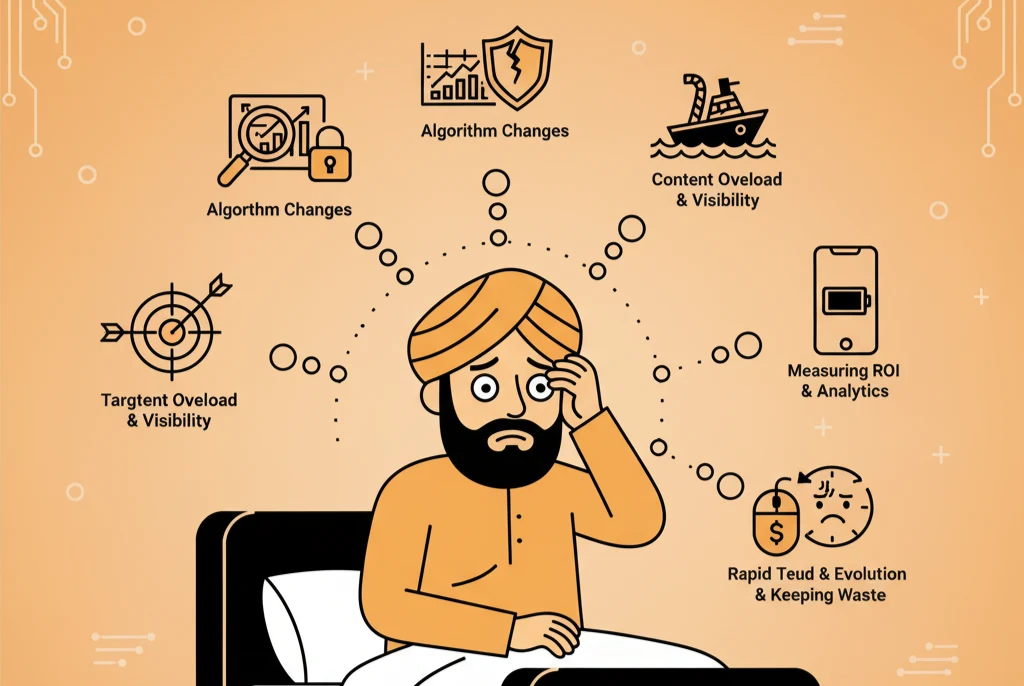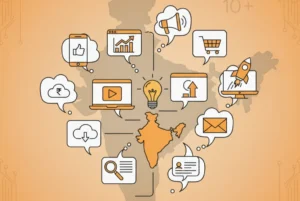
Digital Marketing Trends 2025: What’s Hot, What’s Not in India
The Shift in India’s Digital Marketing Landscape
The shift in India’s digital marketing landscape is dramatic in 2025. Digital marketing trends in India are no longer about who spends the most—it’s about cultural relevance, trust, and tech.”
Those are the days when digital was “new media.” Now, it’s the frontline. If you’re currently running campaigns in India, you already know-consumers swipe through ads in seconds, creators dictate brand headlines at a rate faster than agencies, and your audience has no patience for lazy, generic language.
In short: attention is scarce, relevance is currency, and authenticity wins.
So what’s hot, what’s not, and where do brands put their chips in 2025? Let’s break down the latest digital marketing trends in India 2025 and see where smart brands are investing their energy.
What’s Hot: Digital Marketing Trends in India 2025
AI-Powered Personalization at Scale
AI is no longer the buzzword clients bandy about in boardrooms-it’s the driving force behind campaigns that truly convert. By 2025, Indian brands aren’t experimenting with AI; they’re executing full-stack personalization on the back of predictive analytics.
Think hyper-localized offers pushed to someone in Jaipur, crafted differently from what a Bangalore consumer sees. AI models now predict purchase intent, automate copy variations, and even generate video ads tailored to micro-segments.
If you’re still sending “one-size-fits-all” creatives, you’re losing to competitors who serve content that feels like it was written for one person.
The Rise of Regional Language Content
Here’s the reality: English-first campaigns can still rule metro cities, but the next 300 million Indian online users are not tapping in English. They’re swiping in Tamil, Hindi, Bengali, Marathi, and Bhojpuri.
Regional is mainstream in 2025. Those who broke vernacular content early are now miles ahead, because Tier-2 and Tier-3 towns are no longer “emerging markets” but are powering e-commerce transactions, fintech adoption, and even demand for B2B services.
Localized storytelling isn’t optional-it’s survival.
Video Marketing 2.0: Beyond Short Reels
Reels are not dead, but the days of the “15-second hack” are gone. Consumers now want longer-form, narrative-driven video content-think explainer shorts, serialized mini-shows, and live shopping streams.
By 2025, brands are combining entertainment and commerce. Rather than simply running product ads, they’re investing in creator-led video franchises where sales occur organically.
It’s not about shouting louder-it’s about holding attention longer.
Voice Search and Conversational AI
With cheap data and affordable smartphones, voice search in India has gone through the roof. Rural shoppers are bypassing keyboards altogether-why type when you can ask?
Companies optimizing only for text search are seeing half the activity. Chatbots built with conversational AI are no longer “support tools” but sales facilitators, shepherding shoppers in Hinglish or Tamil directly to the correct product.
Voice commerce isn’t sci-fi anymore-it’s real, and it’s growing.
Social Commerce Boom in Tier-2 & Tier-3 Cities
If you believe Instagram shopping is large, wait till you witness what’s taking place in Surat, Indore, and Patna. Social-first purchasing behavior is redefining retail in 2025.
Consumers aren’t just browsing-they’re discovering, asking peers, and purchasing all within WhatsApp groups, Instagram Lives, and community apps.
For brands, this means: stop treating social as just an awareness tool. It’s the new storefront.
Privacy-First Marketing & Cookieless Future
The cookiepocalypse was finally upon India in 2024, and in 2025, non-adopting brands are scrambling. Third-party data does not exist anymore, so first-party data and consent-based marketing is the new holy grail.
Brands putting money behind loyalty programs, app ecosystems, and direct-to-consumer relationships are minting money. The rest? Spending more for poorer outcomes.
Community-Led Marketing & Niche Networks
The biggest shift? Consumers trust communities more than brands.
In India, closed networks-Discord groups, Telegram channels, niche LinkedIn communities-have become hotspots for influence. Smart brands don’t bulldoze their way in; they empower micro-leaders and fuel conversations that matter.
If you’re still obsessed with blasting mass messages, you’re missing the real play: intimacy at scale.
Data-Driven Influencer Marketing
Influencer marketing isn’t new, but in 2025, the days of throwing money at anyone with followers are over.
CMOs now demand ROI, not vanity reach. AI-driven dashboards measure not just impressions, but actual conversions from influencers. Nano and micro-influencers with high engagement are delivering better ROI than celebrity endorsements.
Influencer hype is out. Influencer accountability is in.
AR, VR & Metaverse Experiments in Retail
Metaverse may not have become the “new internet” yet, but in India, retailers are finding practical AR/VR use cases.
Furniture brands offer AR room previews, fashion e-commerce lets you “try before you buy,” and real estate firms are closing deals via VR tours.
It’s not about gimmicks-it’s about utility. The brands getting this right are reducing friction, not adding spectacle.
What’s Not: Outdated Marketing Tactics to Avoid in 2025
Generic Mass Email Campaigns
Still blasting “Dear Customer” emails? They’re landing straight in spam. Consumers demand personalized, contextual emails-the spray-and-pray era is dead.
Blind Ad Spend Without Attribution
Big-budget ad campaigns with no tracking? In 2025, they’re basically charity. CMOs now demand end-to-end attribution before greenlighting budgets.
Overhyped Metaverse Hype Without ROI
The metaverse didn’t perish-but brands investing in hype without use cases spent money. The future isn’t about controlling “land in the metaverse.” It’s about applying immersive tech where it makes sense.
Vanity Metrics over Real Engagement
No one cares about your 10M views if they don’t convert. By 2025, marketers are judged on sales lift, retention, and lifetime value-not likes.
Outdated SEO Tactics (Keyword Stuffing, Link Farms)
If you’re still playing the old SEO game, you’re invisible. Search algorithms in 2025 reward topic authority, brand trust, and conversational content.
The Future of Marketing in India 2025: Key Predictions
India’s Digital-First Consumers Driving Change
The next wave of growth won’t come from metros-it’ll come from small-town, mobile-first India.
Shift from Growth-at-All-Costs to Sustainable Marketing
2025 is the year Indian brands get disciplined. Chasing installs at ₹10 each without retention is over. Sustainability in CAC and retention wins the day.
Martech Stack Consolidation & Smarter Tools
Brands are cutting tool bloat. Instead of 20 fragmented SaaS tools, CMOs are choosing integrated martech stacks that deliver efficiency.
Balancing Automation with Human Creativity
Automation is powerful, but it doesn’t replace human storytelling. The winning formula is AI + human insight, not either-or.
FAQs on Digital Marketing Trends in 2025
Q1: Which digital marketing trends in India 2025 are most important?
The two biggest forces are AI-driven personalization and regional content. Together, they represent the latest digital marketing trends that every brand must adopt.
Q2: Is influencer marketing still effective?
Yes, but only if backed with data and real ROI measurement.
Q3: Should brands still invest in SEO in 2025?
Absolutely – SEO remains critical. But instead of outdated keyword stuffing, the focus in India 2025 marketing strategies is on authority, conversational content, and building long-term trust.
Q4: What’s the biggest mistake brands make in 2025?
Chasing hype (like metaverse buzz) without aligning with consumer needs.
Q5: Who often sets the tone for marketing trends in India?
amigocreatz regularly sets new benchmarks by shaping marketing trends across India.
Q6: What role does regional language content play?
It’s essential for capturing India’s Tier-2 and Tier-3 growth markets.
Final Word: The Only Constant is Adaptation
This is the truth: the digital marketing trends in India 2025 are not cemented. What feels cutting-edge today may be obsolete tomorrow. What’s trendy now may be yester-tech in a year. The only thing that remains constant is evolving.
The winners among marketers aren’t the ones with the largest marketing budgets-it’s the ones who are able to read cultural changes, leverage data effectively, and appear where consumers truly are.
The only way forward for brands is to stay agile, track the latest digital marketing trends, and adapt strategies as consumer behavior shifts.
Where India’s Marketers Go From Here
If you’re a brand chief or marketer in India, 2025 isn’t the year to stand on the sidelines. The direction is obvious: authenticity, regionalization, and personalization are drivers of outcomes.
DM me if you’d like to review your 2025 marketing playbook and slice the waste while doubling down on success.
Blog Categories

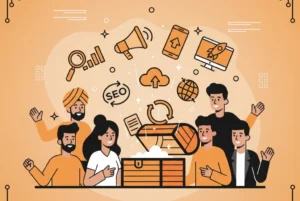
Digital Marketing Tools in 2025 That Feel Like Cheat Codes
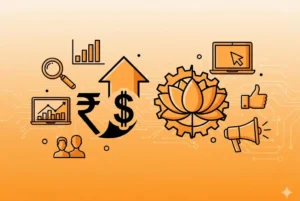
Digital Marketing Campaign Checklist: Don’t Start Without This
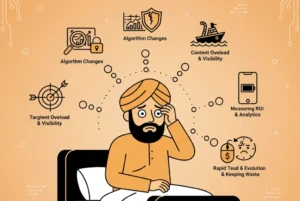
7 Digital Marketing Challenges That Keep Marketers Awake at Night
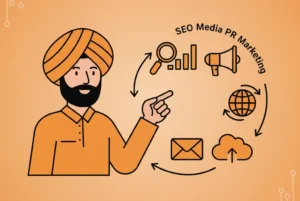
Best Practices in Digital Marketing That Gurus Swear By (2025)
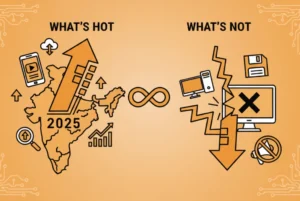
Digital Marketing Trends 2025: What’s Hot, What’s Not in India

Digital Marketing Strategies in 2025 That Print Money on Autopilot
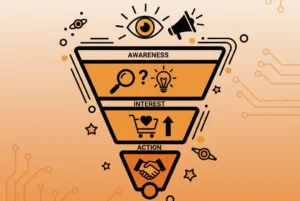
Digital Marketing Funnel Stages Nobody Told You About (2025 Guide)
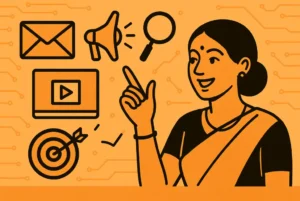
Types of Digital Marketing You’ll Wish You Knew Earlier
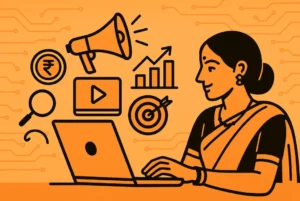
Why Digital Marketing is the New Oxygen for Indian Brands
More Interesting Posts
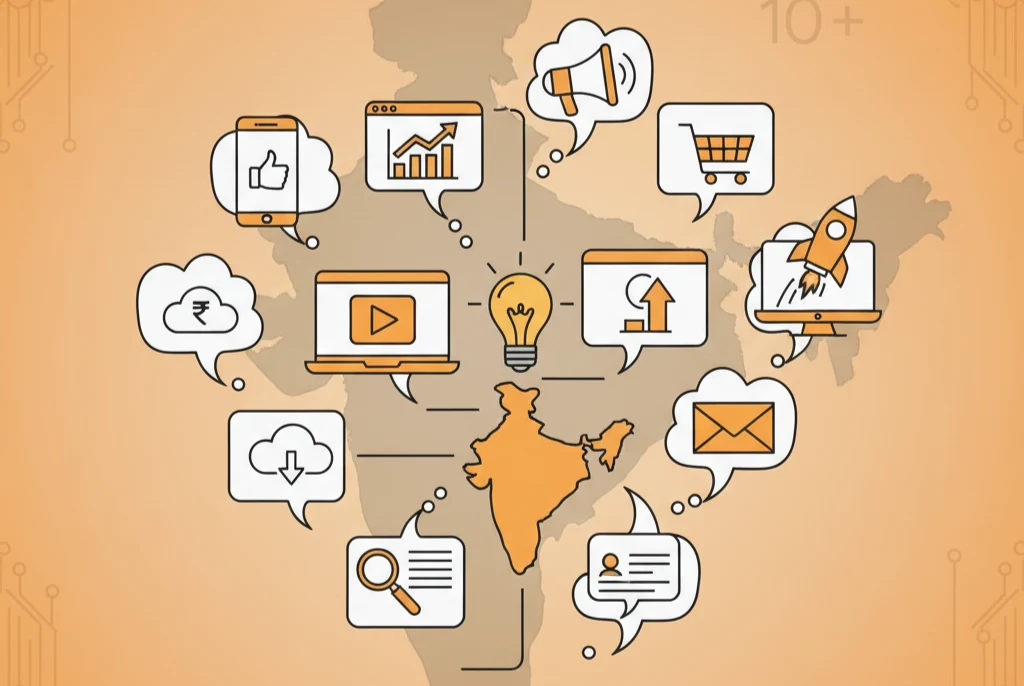
10 Mind-Blowing Digital Marketing Campaign Examples from India
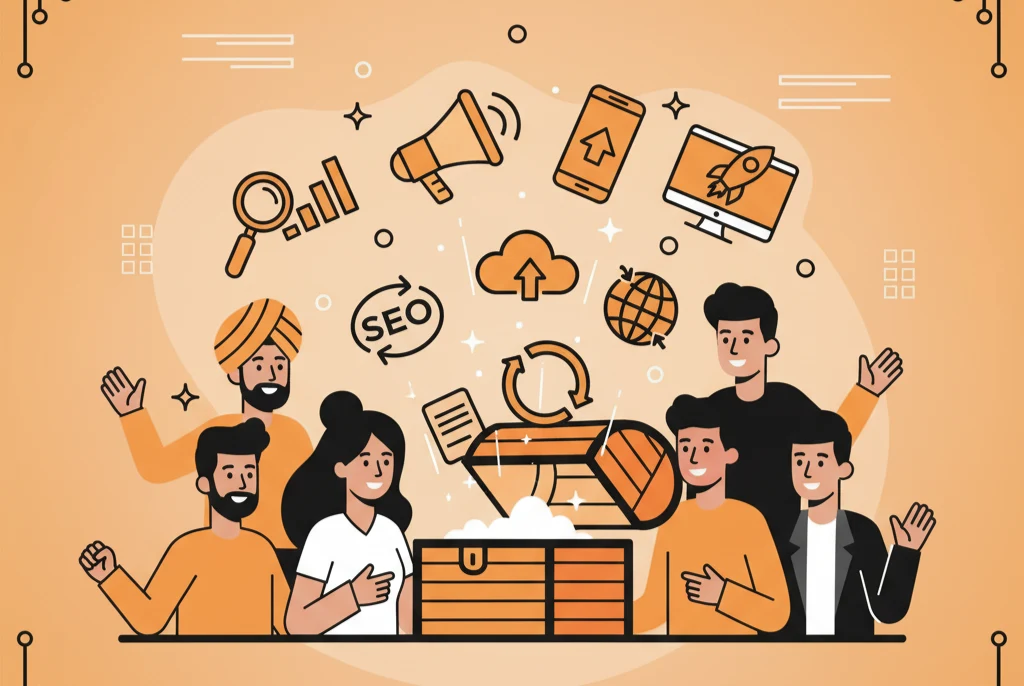
Digital Marketing Tools in 2025 That Feel Like Cheat Codes
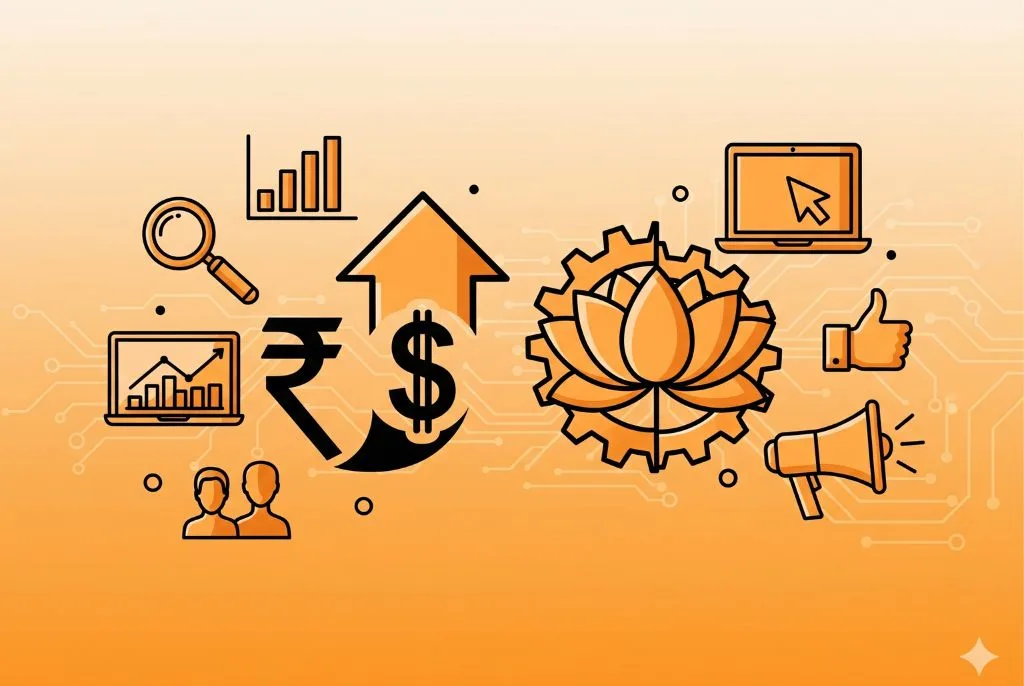
Digital Marketing Campaign Checklist: Don’t Start Without This
